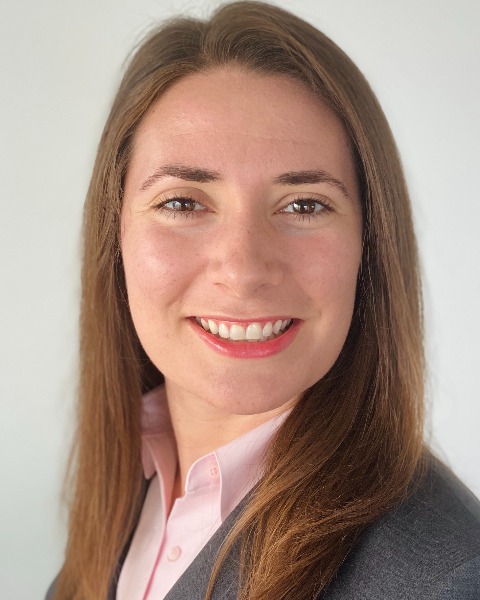Developmental and Behavioral Pediatrics: Autism
Developmental and Behavioral Pediatrics 2
571 - Scoliosis in Patients with Autism Spectrum Disorder
Publication Number: 571.109

Alexandria Rundell, Bachleors (she/her/hers)
Clinical Research Coordinator
Akron Children's Hospital
Medina, Ohio, United States
Trinity K. Samson
MD/PhD Student
Northeast Ohio Medical University
Lakewood, Ohio, United States
Presenting Author(s)
Co-Author(s)
Background:
Autism spectrum disorder (ASD) has been anecdotally associated with scoliosis. However, reports on this patient population are limited, so there are no specific guiding principles for scoliosis management in ASD patients.
Objective: The purpose of this study is to report the results of scoliosis treatment in a large cohort of patients with ASD.
Design/Methods: We retrospectively reviewed patients who were ≤18 years old, evaluated between 2012-2020, and had ICD-9/10 diagnosis codes for both scoliosis and ASD. Patients with a coinciding condition that otherwise accounts for scoliosis (i.e. cerebral palsy) were excluded. Management was subject to the discretion of the treating physician.
Results: Among 8012 patients with ASD, 340 (4.2%) were diagnosed with scoliosis and 79 met inclusion criteria for this study. The average age and curve magnitude within the cohort was 13 years (0.5-18) and 28° (10°-78°), respectively. Age distribution (years) was: ≤3 (4%), 4-9 (11%), and ≥10 (86%). Sixty-five percent of the patients were male. Thirty percent demonstrated radiographic hyperkyphosis. Data from 29 braced patients are as follows: curve magnitude 33° (20°-47°), 70% Providence / 30% Boston, initial in-brace correction 68%, duration of wear 2.3 years (0-5.9), 20% failure rate due to behavioral intolerance, 38% progression to surgical magnitude regardless of compliance, and only a 38% rate of stabilization (defined as progression < 10° during bracing). Among early onset patients, two underwent Mehta casting, both aborted due to intolerance. Surgery was performed in 20/79 (25%) at an average age of 14.9 years (9.8-18.3) and curve magnitude 65° (47°-107°). There were 19 posterior spinal fusions (PSF) and one growth-friendly construct, including 40% selective thoracic fusions and 37% with a lowest instrumented vertebrae of L4. Twenty-five percent (5/20) of patients had unplanned return to the operating room (UPROR) including two infections, one distal junctional failure, one with neuromonitoring changes, and one with implant failure.
Conclusion(s):
Scoliosis may be associated with ASD. Relative to established norms for idiopathic patients, those with ASD are more likely to be male (65%), exhibit hyperkyphosis (30%), and undergo UPROR after surgery (25%). This data suggests that ASD patients are potentially less likely to tolerate bracing (20%) or demonstrate curve stability during bracing (38%) than idiopathic scoliosis patients. Larger prospective studies are needed to further characterize this patient population, as autism spectrum disorder patients are inherently different from idiopathic scoliosis patients.
